Cardiovascular disorders
Cardiovascular disorders include
- Vascular and circulatory disorders
- Cardiac disorders
- The category you were looking for was not found. Please try another one.
- List is empty.
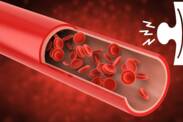
Aneurysm
An aneurysm, also known as vascular edema, is a serious vascular disease. It affects the arteries and aortas. It is divided into right, dissecting, and false. A person can live with an unrecognized aneurysm for many years, however, its rupture immediately threatens a person's life.

Angina pectoris
Angina pectoris, or angina pectoris, is one form of ischemic heart disease. It arises as a result of a mismatch between the need and the supply of blood, and therefore also oxygen and nutrients, to the heart. It typically occurs with increased physical or mental stress. Attacks of angina pectoris recur and are manifested by pressure or animal pain in the chest.

Coarctation of the aorta
Coarctation of the aorta is a congenital heart defect characterized by narrowing of a major heart vessel. It accounts for nearly one-tenth of congenital heart defects. How does this developmental cardiovascular disease arise?
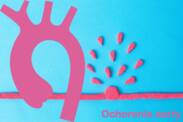
Aortic diseases
Aortic disorders are not common but are all the more serious. They can take place very quickly and acutely with life-threatening but also chronically.

Aortic dissection
During aortic dissection, the vascular wall ruptures, with blood flowing between its inner layers. The extent may be small, but also extensive and affecting the entire aorta.
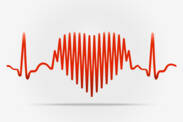
Arrhythmia
Arrhythmia is a disorder of the heart rhythm. Arrhythmia refers to a slowed or accelerated rhythm of the heart as well as various uncoordinated movements of the heart muscle, and thus the atria or ventricles.

Atherosclerosis
Atherosclerosis is a disease of the arteries. The wall of the artery is affected by a disease process. It takes place over a long period of time and is progressive due to negative conditions.
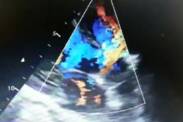
Atrial and ventricular septal defect
A defect in the atrial and ventricular septum is a heart defect and a disease of the atrial or ventricular septum that causes communication between the right and left hearts so that oxygenated and deoxygenated blood mix. It is a congenital heart defect, whereby mixed oxygenated and deoxygenated blood is distributed throughout the body, which can cause major problems. Very often such defects appear in childhood, but it also depends on the size of the defect, sometimes they appear in adulthood.
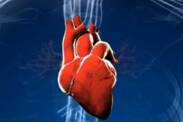
Atrial fibrillation
Atrial fibrillation is the most common heart disorder and is characterized by arrhythmia or heart rhythm disorder. The disease causes chaotic and irregular contractions of muscle fibers and thus loss of coordinated activity of the atria. At the same time, the heart weakens its pumping ability and at the same time, irregular and accelerated heart activity occurs. The disease is most common in people over 80 years of age, where it affects 15% of the population.

Cardiac tamponade
Cardiac tamponade ranks as an emergency condition that requires immediate treatment. It is manifested by failure of the heart to function as a pump, even death.

Cardiogenic shock
Heart attack or heart failure can go into cardiogenic shock. Especially when neglecting early treatment is neglected. However, there are other reasons for its emergence.
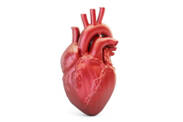
Cardiomyopathy
Cardiomyopathy refers to a group of diseases that affect the heart muscle, the myocardium. We know several forms, they have different symptoms and also different treatments.

Carotid artery stenosis
Narrowing of the carotid artery is a serious condition that can lead to impaired blood supply to the brain and even stroke. Atherosclerosis is not the only cause.

Chronic venous
Chronic venous disease is a common problem, the development of which is also supported by a modern lifestyle. It negatively affects the quality of life, it worsens over time.

Congenital Cardiac Defects
Congenital heart defects arise even during intrauterine development. The defective development affects the heart and blood vessels. It manifests itself immediately after birth, but in some cases later in childhood or in adulthood.

Deep vein thrombosis
Deep vein thrombosis is a relatively common disease, the difficulties of which can be mild and insignificant. However, the other side of the problem is the risk of developing pulmonary embolism and thromboembolic disease.

Endocarditis
Endocarditis is a disease of the inner lining of the heart. It is an inflammatory disease that in most cases has an infectious origin. However, not always.
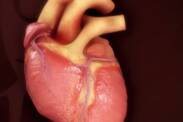
Fallot tetralogy
Fallot tetralogy is congenital heart disease and the most common cyanotic heart defect. It is a disease of the heart and large vessels, and it occurs mainly in childhood, sometimes in adulthood, but then the patient is less burdened by the disease and may not manifest itself in any particular way. The disease is often accompanied by other cardiac and vascular defects, such as coronary artery defects or an opening in the septum between the atria directly in the heart.

Heart failure
Heart failure: a condition in which the heart is unable to pump blood to the body and supply organs or tissues with oxygen and nutrients.

Heart Tumors
Heart tumors endanger human health and life due to several complications. They can grow directly from the heart or metastasize to it.









